Personalization has been a buzzword for some time, but it has yet to deliver on its promise. With personalization at the forefront of UX and marketing, personalizing your website experience is essential. However, personalization needs to be done ethically, where privacy and security are paramount.
The key here is also to remember the relevance of personalization. Personalizing your website experience can have a negative effect if it’s irrelevant. Personalization should be personal but also make sense for the user and not simply personalize everything.
Personalization is much more complex than building a model or hiring data scientists.
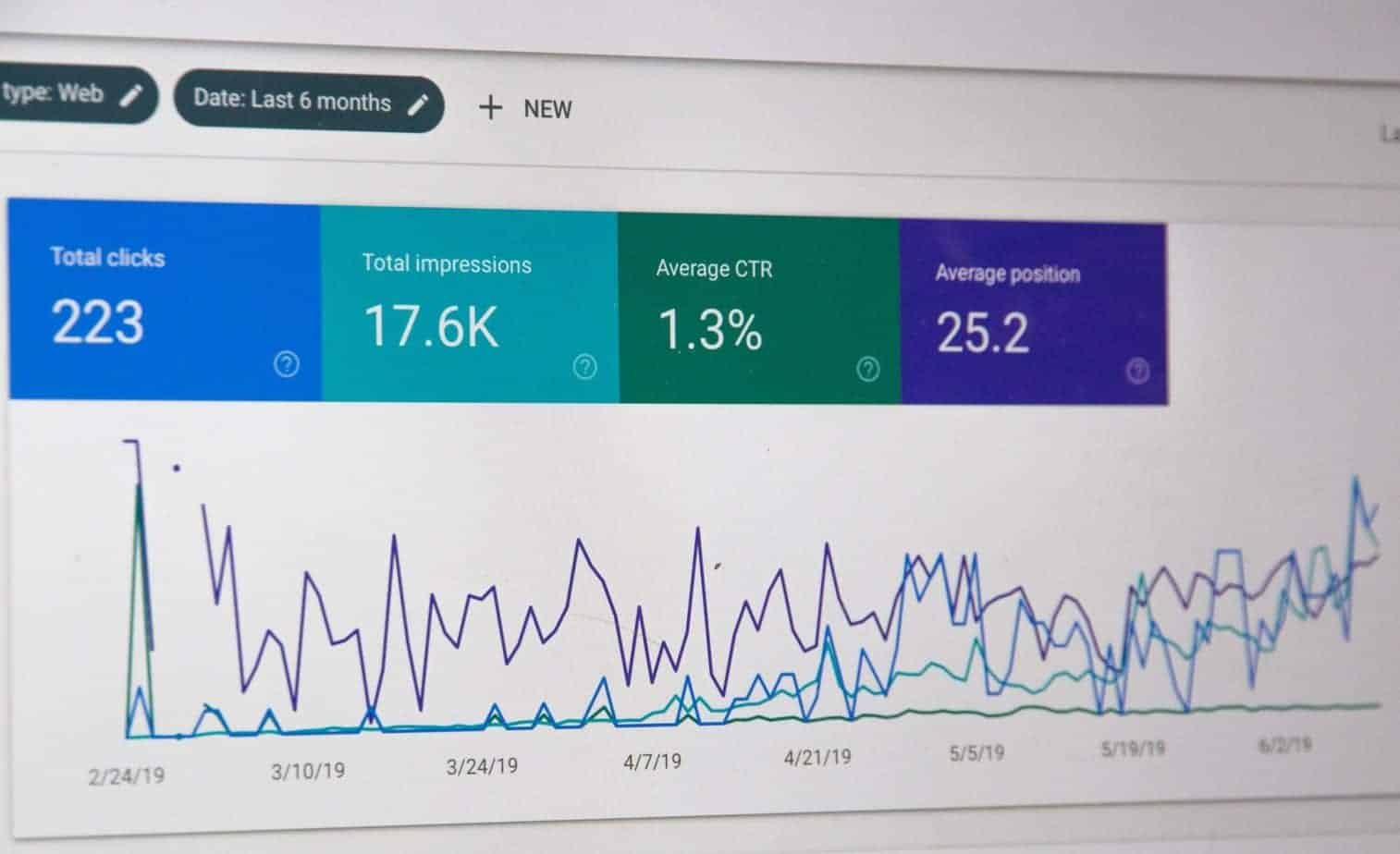
Personalized content has been around since the late 1990s, but few companies have anything to show for it after all this time and money spent on personalizing their products. The hype of personalized content can be observed from 1998 when they started, reaching their peak in 2017, as executives touted these investments. They then come back down today asking whether there will be any return on investment left over? Organizations ask themselves if they’ll get something valuable done by continuing development efforts into personalized software solutions?
When we look at personalization in the market, we can see it’s still an important industry. Not many companies implement it well, which makes personalizing a product burdensome for smaller firms.
If personalization fails to fulfill its promise, companies face challenges to where revenues will come from now. Some companies have made personalization work for them, but it’s not a one-size-fits-all approach.

I had a chat with Ty Lim, SVP at Formation.ai, a software company that optimizes the customer journey through micro-segmented personalized marketing experiences.
Ty’s “Voldemort” is, in a sense, the word personalization. He feels strongly that the term is currently truly an outdated buzzword and wants to change the definition. According to Ty, “personalization in marketing no longer means a name in an e-mail, as most marketing professionals still see it, but an offer that lies in the body and contains unique dynamic actions and rewards.”
And personalizing products or services need to be done at the right time for personalization to have an impact on performance. In other words, you need to personalize your product before you can identify any significant effect on conversion rates and customer satisfaction.
Personalization is a complicated business, but it is also one of the most lucrative. It can be challenging to win over customers with targeted content and advertising — as many failed personalization initiatives have shown in history.
But those who have overcome their difficulties accompany a 15% increase in revenue (!) and a 30% increase in marketing efficiency. But while some companies are successful, others find they do not get anywhere quickly if they seek these personalized touches. 85% of marketers say they will not invest in this area soon. And although CEOs know that investments like this will not pay off immediately or easily, 58% still think it is not worth pursuing, even if the dividends eventually come through!
Personalization is a thorny issue. It’s not always the best way to go, and you need to be careful how it works for your business model. But when done right, there are huge benefits that can’t be ignored!
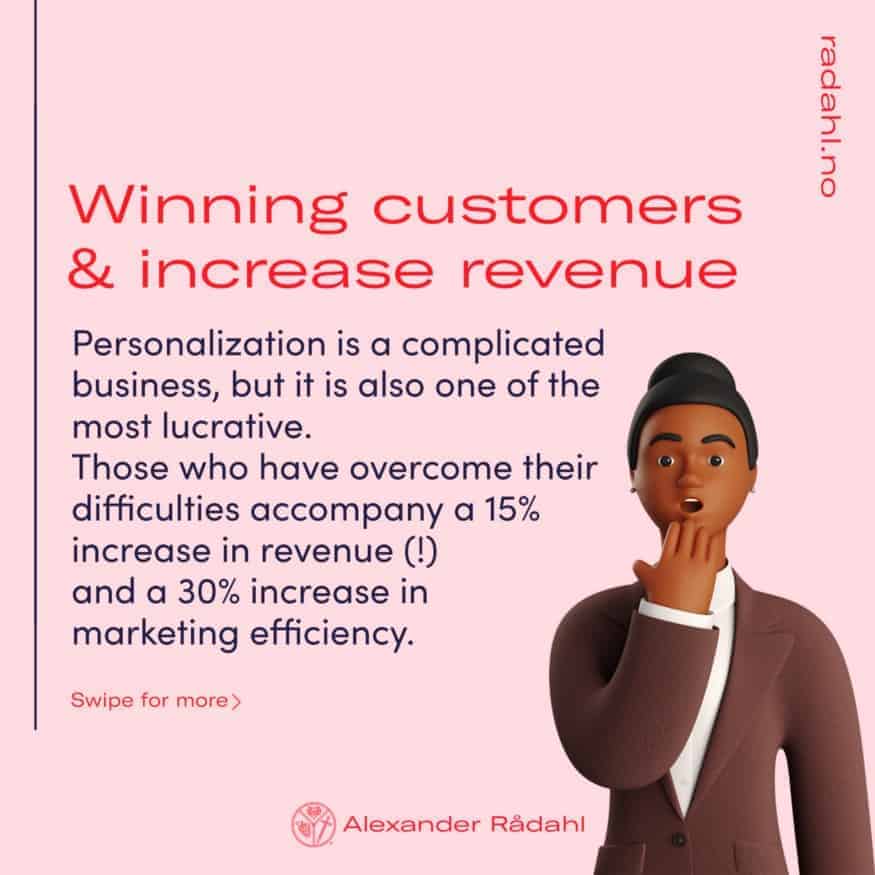
Companies are finding it hard to keep up with the growing expectations of customers. We’re at a point where companies can’t just produce excellent products and services but must also provide an extraordinary experience for their customer base if they want any chance in this marketplace.
It’s tough not to notice that these rising standards have also created more competition in consumer wallets. Four out of five people say one company delivering an exceptional service raises the bar on what other businesses can do! With 89% of buyers saying how organizations treat them is equally important as its products or services, we observe some rock-and-a-hard-place scenarios for business owners struggling desperately to maintain both high quality and personalization without going under financially.

Your customers are diverse, and you need to give them something that suits their needs. When considering new methods, it is crucial not only for your company but also for the customer’s sanity to not lose what they love about your business.
They know that personalization needs to happen, but there are pitfalls to success, including making sure you don’t lose your business through these mistakes.
Personalization has not delivered on its promise, so personalization needs to happen the right way to create a successful personalized UX.
Building personalized experiences for each user is the goal of every company, but it’s not easy to accomplish. But now, with modern technology and data analysis techniques, companies can create a unique experience that will delight customers from all backgrounds.
Creating customer profiles at an individual level helps us analyze their behavior across their journey to design genuinely custom experiences for them! This is the foundation for all personalization.
There are many ways to use personalization the right way, and I would like to point out four methods that have given me excellent results.

Personalizing your content can give you an edge over competitors in any industry. Still, it’s essential not only for one or two things (like emails) — everything from social media posts on Twitter or Facebook through the communications with customer support should be personalized! Here is my favorite 4-step process:
Designing for success means personalizing your product to the needs of a target user and then designing it efficiently. Prioritize simple enough designs not to require extensive technical intervention from engineers but still provide a positive experience for users who need it!
This means designing a user experience that sets the user up for success by personalizing and adapting to the needs of your target user.
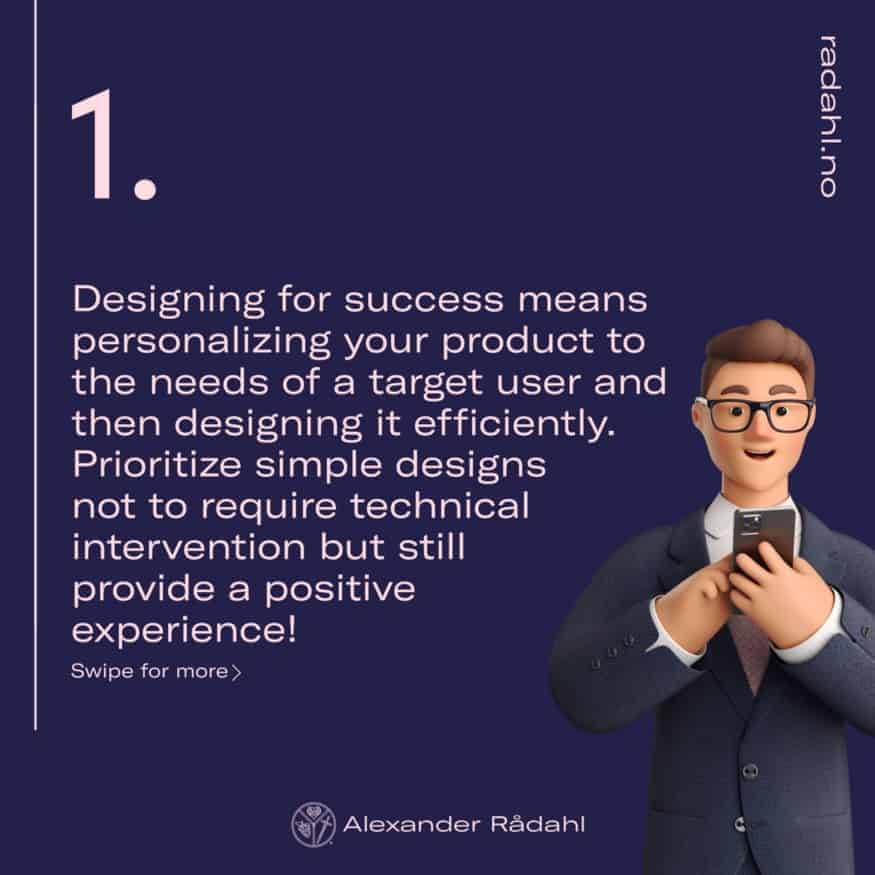
Often, personalization is implemented based on personal demographics, but these personal details do not tell the whole story. Personalizing based on behavioral data will help provide a complete picture of what customers are doing, and personalizing based on this information will be more successful. The quality and completeness of your customer data will determine the success of personalization. Therefore, it is best to prioritize unbiased behaviors when personalizing because personal biases do not affect them.
It is essential to go beyond demographics by personalizing based on what customers do, not just who they are. Personal profiles should be created for each individual to maintain consistency across devices or channels to avoid inconvenience and delays.
This can be a considerable undertaking, but here are some tools that can help:
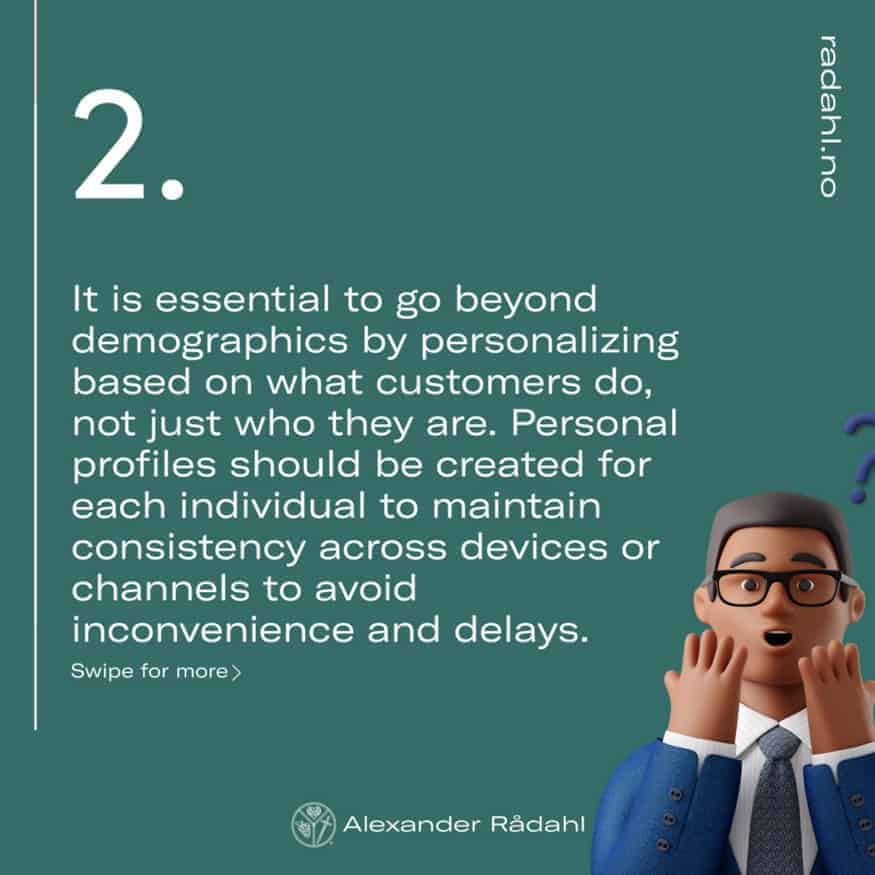
A personal touch is always appreciated, but it can be a real problem if you don’t understand the impact of your choices. To avoid disaster, consult with key stakeholders to make sure you know how this change might affect them and others in your company before deciding what changes will work best for both parties involved.
To get an accurate picture of how your changes affect the users, many tools can be used. One of the best is a heatmap. A heatmap tracks user behavior, including clicks and scroll distance, to understand how people interact with your site or app.
Once you have made changes based on this data, it’s crucial that you review all the affected content by testing before making any more decisions that will impact personalization efforts.
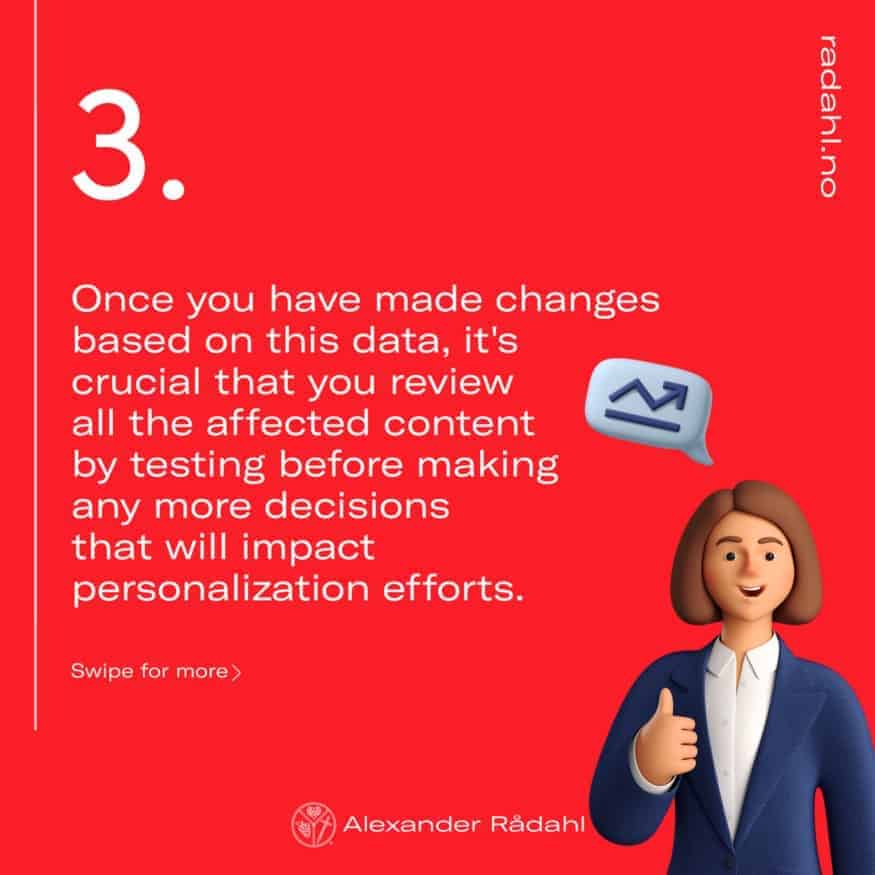
“When personalization is personal, it’s personal,” as the saying goes.
That’s why personalization success is about putting personalization decision-making in the hands of those closest to customers. What does that mean in practice?
For one, they are empowering marketers and product owners to oversee personalization execution. Their familiarity with customer journeys, both inside and outside their control, ensures smoother experiences (less friction) and higher ROI. They’ll also have a more nuanced understanding of how personalization can help you meet your goals. Marketing personalization should be a team effort.
Empowering your team also means setting aside time to make tweaks as you uncover gaps and find ways to fine-tune the experience even further.
As you probably understand, personalization is an integral part of the user experience, but how can we ensure that personalization is done ethically?

User personalization has been a hot topic for the past few years. It’s usually discussed in the context of personalized content on social media platforms like Facebook and Twitter to target ads at users better as they browse their feeds. However, the problem with this type of personalization is that it makes it difficult for people to keep track of what information about them might be out there — and who might have access to it. Personal data collected by these platforms was leaked in 2018 when Cambridge Analytica used it without consent or knowledge in campaigns supporting Donald Trump’s election bid in 2016. This incident caused many people to question whether personalization is such a good idea.
Personalization can be done ethically, where personal privacy and security are paramount. It is possible to personalize content in a way that isn’t intrusive or threatening with sensible strategies and technologies. As mentioned earlier, personalization increases the user experience by providing more relevant information based on their interests. This makes it easier for users to find what they’re looking for without wasting time and effort.
This personalization can come in a tailor-made experience, like Amazon’s recommendations based on previous purchases that show up at the top of search results or suggestions on Netflix based on what you’ve already watched.

One way to create a more privacy-focused personalization is using cohorts. Cohorts are groups of users who share similar personal characteristics. A cohort personalization is a type of way to solve this. This way, the system would look at groupings or clusters of people based on demographics, interests, and behaviors to identify patterns in response rates for products/services. In this way, the data collected on individuals are kept private and more generalized.
What personalization means has evolved in recent decades. Once, personalization meant putting your name on something. But digital personalization — giving customers tailored experiences based on their interests, behaviors, and location — is becoming increasingly important for design and marketing professionals as people’s digital footprints grow ever more specific to them.

Digital personalization depends mainly on data intelligence: the careful collection of information about users that can predict what they might want or need next. Data intelligence relies not only on volume or the ubiquity of data sources but also on quality: the accuracy with which we can ascertain an individual’s identity by leveraging various pieces of information about them from different contexts and interactions.
One of the most crucial aspects of creating a personalized experience is involving those stakeholders closest to customers. If designers work closely with marketing, who are often the main channel for users, and the customer service department — who understand their needs better than anyone else — they can tailor each user’s experience to be more individual and draft out what aspects of the user’s journey that should be prioritized for personalization.
That’s a great question! There are big companies like Amazon, Netflix, and Spotify that do it well. While talking to Ty Lim, he also mentioned:

“Starbucks is an excellent example of creating relevant experiences that resonate with each customer.“ said Ty Lim, SVP at Formation.ai. And he continues: “Through their app and loyalty program, they’ve been able to provide unique offers that provide unique incentives to each customer based on spending patterns and preferences. It’s not only great to get a reward that is relevant and valuable to me but Starbucks is also driving net new behaviors that are critical to their business growth. None of this would be possible with a strong first party data strategy and Dynamic Offer Optimization which is critical to activating that first party data.
Hopefully, this article has provided you with some personalization tips and advice that you can use for your personal or professional life. Personalizing your customer experience is essential. However, personalization needs to be done ethically, where privacy and security are paramount. The key here is also to remember the relevance of personalization — personalizing your user experience can have a negative effect if it’s irrelevant. Personalization should be personal but also make sense for the customer and not simply personalize everything.
Personalized experiences depend on data intelligence — they require a careful collection of information about customers that can predict what they might want or need next.

I’m currently working on my book on the subject of CRO and UX, and how they complete each other for a better user experience. This book is for the aspiring UX designer who wants to learn more about CRO and help them in their everyday design work. It’s packed with real-life examples, case studies from Silicon Valley companies, and tips on applying this knowledge to your projects.
You can sign up for my newsletter here to get the latest updates and a heads-up when it comes out for pre-order on Amazon.
You can also find me on Twitter, Instagram, and LinkedIn to continue the discussion! (or even email me)